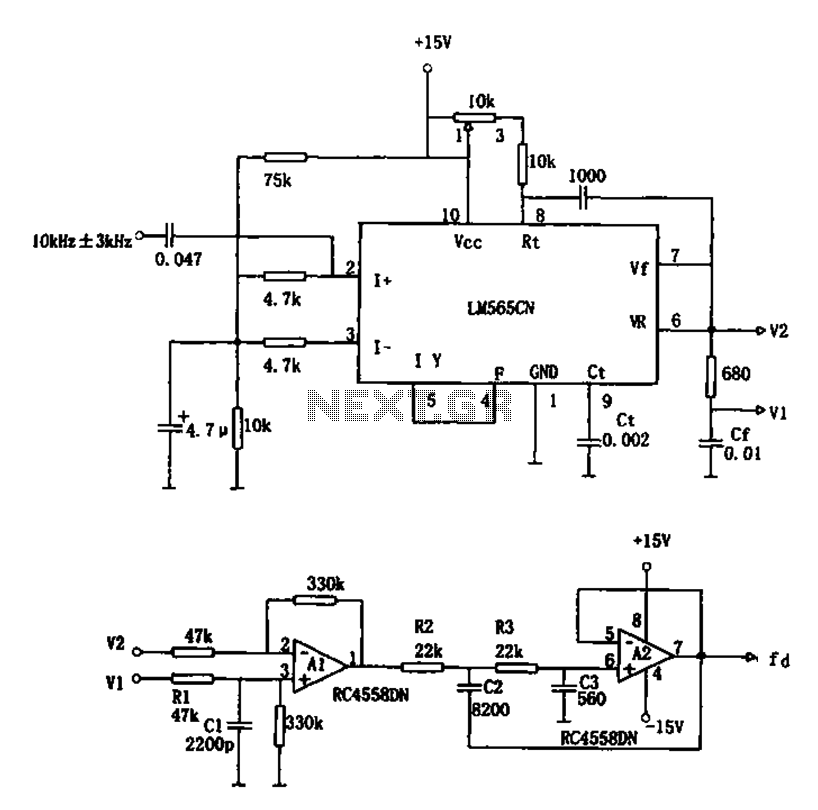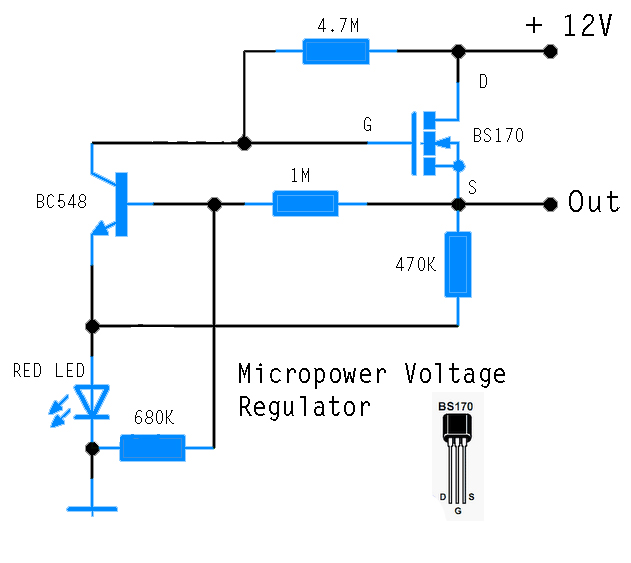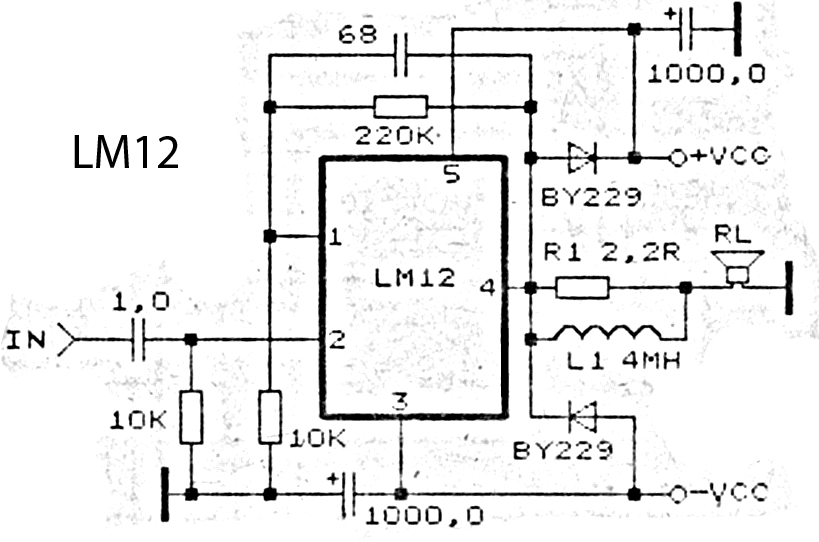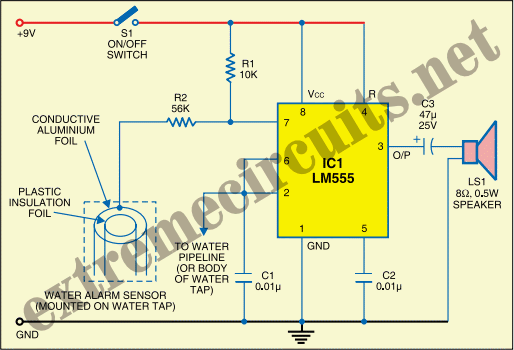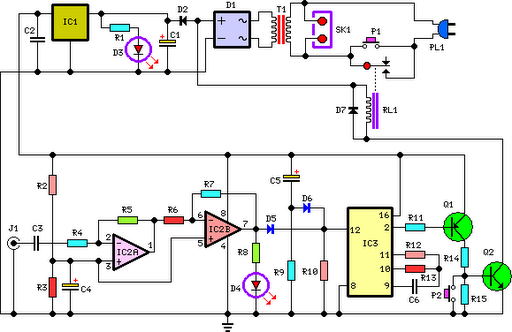
Daewoo Korando Front and Rear Fog Lamp Schematic and Routing Diagrams

The schematic for the front and rear fog lamps of the Daewoo Korando is illustrated in the accompanying figure. It details the connections and wiring between various components of the fog lamp system, including the alternator, ignition switch, taillamp relay, b/0 switch, rear fog lamp relay, multifunction switch, front fog lamp relay, rear fog switch, cluster, and additional elements.
The fog lamp system in the Daewoo Korando is designed to enhance visibility during adverse weather conditions. The schematic displays a comprehensive layout of the electrical connections required for the operation of both front and rear fog lamps.
The alternator serves as the primary power source, supplying voltage to the entire lighting system. The ignition switch is crucial for activating the fog lamps, ensuring that they only operate when the vehicle is in an "on" state. The taillamp relay is included in the circuit to manage the power distribution to the taillights, which may be integrated with the fog lamp system for enhanced visibility.
The b/0 switch functions as a safety mechanism, preventing the fog lamps from being activated when not required. The rear fog lamp relay is responsible for controlling the rear fog lights, allowing them to be turned on or off independently from the front fog lamps. The multifunction switch is an essential component that enables the driver to control various lighting functions, including the fog lamps, from a single interface.
The front fog lamp relay is dedicated to the operation of the front fog lights, ensuring they receive the correct voltage and current for optimal performance. The rear fog switch allows the driver to activate the rear fog lamps, providing additional safety during low visibility conditions. The cluster may include indicators that inform the driver when the fog lamps are active, contributing to an overall safer driving experience.
This schematic is an essential reference for technicians and engineers involved in the maintenance and troubleshooting of the fog lamp system in the Daewoo Korando, ensuring that all components work together effectively to provide enhanced visibility and safety on the road.Front and rear fog lamp schematic of Daewoo Korando shown in the following figure. It shows the connection and wiring between each parts and component of front and rear fog lamp system of the vehicle such as alternator, ignition switch, taillamp relay, b/0 switch, rear fog lamp relay, multifunction switch, front fog lamp relay, rear fog switch, cl uster, and many others. Herein is the schematic : 🔗 External reference
The fog lamp system in the Daewoo Korando is designed to enhance visibility during adverse weather conditions. The schematic displays a comprehensive layout of the electrical connections required for the operation of both front and rear fog lamps.
The alternator serves as the primary power source, supplying voltage to the entire lighting system. The ignition switch is crucial for activating the fog lamps, ensuring that they only operate when the vehicle is in an "on" state. The taillamp relay is included in the circuit to manage the power distribution to the taillights, which may be integrated with the fog lamp system for enhanced visibility.
The b/0 switch functions as a safety mechanism, preventing the fog lamps from being activated when not required. The rear fog lamp relay is responsible for controlling the rear fog lights, allowing them to be turned on or off independently from the front fog lamps. The multifunction switch is an essential component that enables the driver to control various lighting functions, including the fog lamps, from a single interface.
The front fog lamp relay is dedicated to the operation of the front fog lights, ensuring they receive the correct voltage and current for optimal performance. The rear fog switch allows the driver to activate the rear fog lamps, providing additional safety during low visibility conditions. The cluster may include indicators that inform the driver when the fog lamps are active, contributing to an overall safer driving experience.
This schematic is an essential reference for technicians and engineers involved in the maintenance and troubleshooting of the fog lamp system in the Daewoo Korando, ensuring that all components work together effectively to provide enhanced visibility and safety on the road.Front and rear fog lamp schematic of Daewoo Korando shown in the following figure. It shows the connection and wiring between each parts and component of front and rear fog lamp system of the vehicle such as alternator, ignition switch, taillamp relay, b/0 switch, rear fog lamp relay, multifunction switch, front fog lamp relay, rear fog switch, cl uster, and many others. Herein is the schematic : 🔗 External reference
